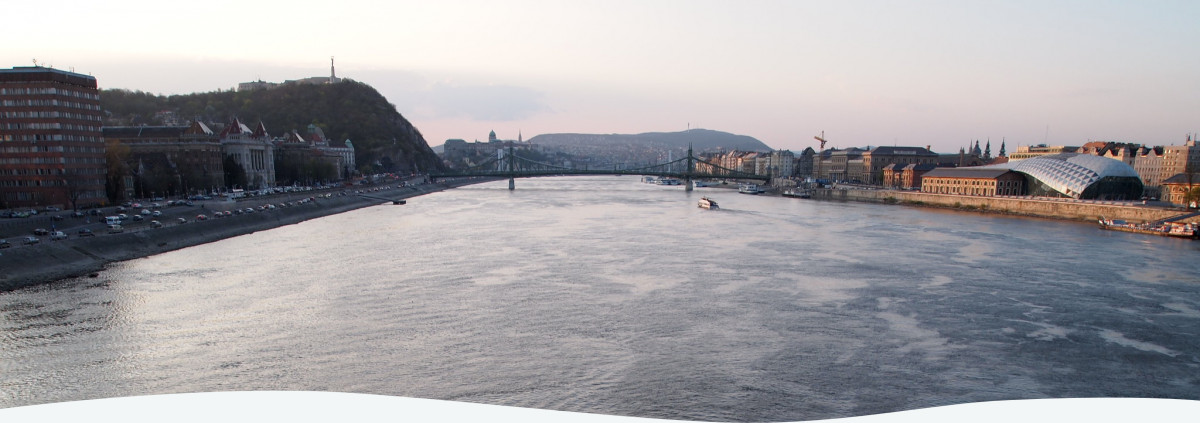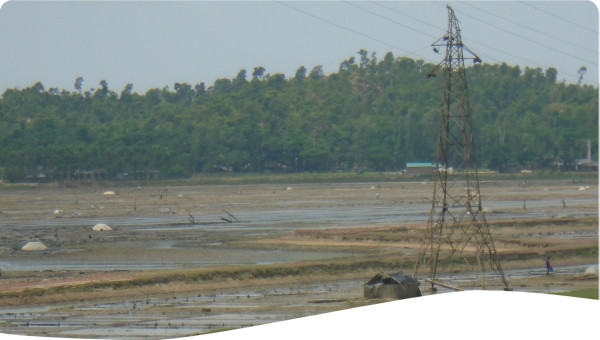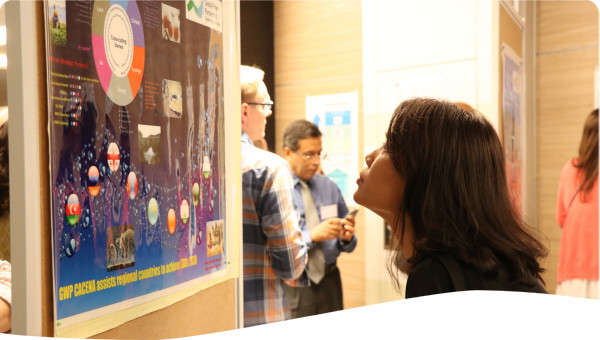The Danube region is characterised by long-term cooperation. One of the most important agreements was the Danube River Protection Convention, created with an intention of intensifying cooperation in the field of water protection and water use between countries in the Danube basin. Under auspices of this convention, the Joint Danube Survey was launched. This case demonstrates the importance of collecting data to assess how to move forward with any project.
There has been a long history of cooperation in Danube region stretching from the 17th century, but the first institutional framework for the joint measures for protecting the water environment was established under the Bucharest Declaration in the 1980s.
An important milestone was the signing of the Convention on Protection and Sustainable Use of the Danube River (Danube River Protection Convention, DRPC) in June 1994 in Sofia. The DRPC was created with an intention of intensifying cooperation in the field of water protection and water use between countries in the Danube basin.
Under auspices of this convention, the Joint Danube Survey (JDS) was launched. The JDS includes a series of scientific expeditions designed to explore a wide spectrum of multiple types of pollution in the whole reach of the Danube.
The foremost goal of this survey is to make a thorough analysis of water, sediments, river flora and fauna, as well as to check for as many polluting substances as possible.
Collecting such a homogenous data set produced by the best laboratories in the Danube River Basin is helping to identify and confirm specific pollution sources and their pathways. Joint participation of all countries sharing the Danube River on this research exercise is also providing an excellent opportunity to exchange experiences and to harmonise the different monitoring procedures in use.
From August to September 2001, two ships equipped with accommodation and research facilities sailed from Regensburg, Germany, down to the Danube Delta carrying scientists from different countries who collected and analysed samples of water, sediment and suspended solids in order to obtain homogeneous data on the chemical and biological status of the Danube and its main tributaries.
The Survey was made possible by the generous financial support of the German government and a large contribution from the Austrian government. In-kind contributions came from other Danube Basin countries, and all riparian states contributed their scientific, logistical, managerial and other necessary expertise to make JDS a truly joint enterprise.
ICPDR organized a broader scientific expedition exploring the multiple type of pollution in the whole reach of the Danube – the Joint Danube Survey (JDS). The Survey aimed to produce a homogenous data set for Danube river basin, confirming specific pollution sources and providing a forum for riparians for sampling exercises.
During the planning for the survey it was agreed that the survey should be conducted during low water period. As it was revealed from the actual flow-rates the survey satisfied this requirement almost all along the Danube. This made it possible that the concentration of the chemical pollutants represented the “worst-case” scenario as far as possible. Collected samples from Upper, Middle and Lower Danube were analysed according to WFD parametres.
JDS provided reliable and consolidated picture to characterize biological and chemical quality of the river and its tributaries. Issues of concern are the stretches with identified hot spots of pollutants listed in the EC-Water Framework Directive as priority substances, the nutrient concentrations in the whole Danube with special attention to the middle part, and overall pollution by bacteria and heavy metals.
The survey also attracted a lot of attention: it was followed by journalists and TV crews in all countries and usually made it into the headlines of major newspapers, radio and TV news.
The survey provided an excellent framework for harmonizing sampling, sample preparation and analytical methods used in different Danube countries. The jointly collected samples analyzed on board and in the national laboratories provided a unique opportunity for scientists to compare their results and improve the quality of their analytical work and the monitoring results. Last but not least, the close contact that JDS researchers established during the survey with country representatives, the media, local experts and the public, created a forum for raising public awareness about pollution reduction policies and activities in the Danube River Basin.
The results of the JDS have been taken as the basis for future activities of the ICPDR, specially focusing on:
- Measures to decrease nutrient input from agriculture
- Building of wastewater treatment plants with nitrogen and phosphorus removal
- Introduction of phosphate-free detergents
- Measures to decrease heavy metal pollution from the mining and metallurgy areas
- Intensification of the cooperation with the Danube Navigation Commission on reducing oil pollution from shipping
- Establishment of sediment quality targets
- Improvement of the Danube Trans-National Monitoring Network (TNMN).
The Survey provided a framework for harmonising sampling, and to certain extent also of analytical methodologies used among the different Danube countries through the cohesive team-work of the JDS scientists and the effective collaboration with the national scientific teams.
All data and other sources received create multiple a solid base for measures translated into the Joint Danube Action Programme and Integrated River Basin Management Plans.
The outcomes of the Survey served first of all as a basis for preparation of the Water Framework Directive Roof Report according to requirements of the WFD.
 Case studies
Case studies


